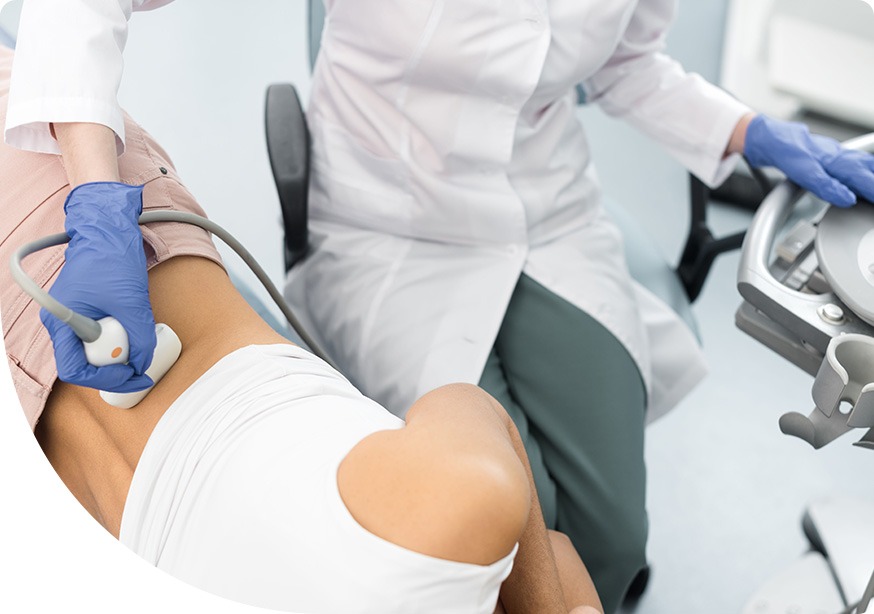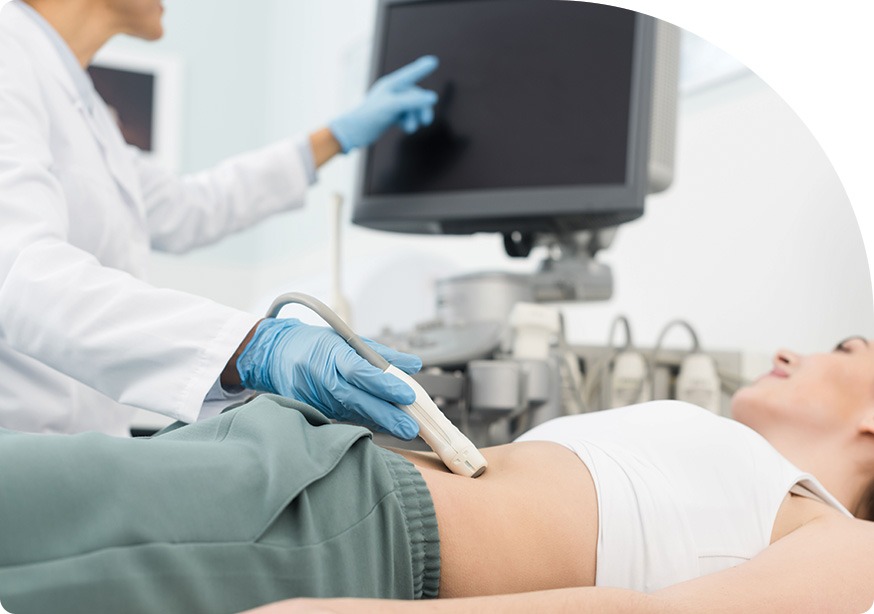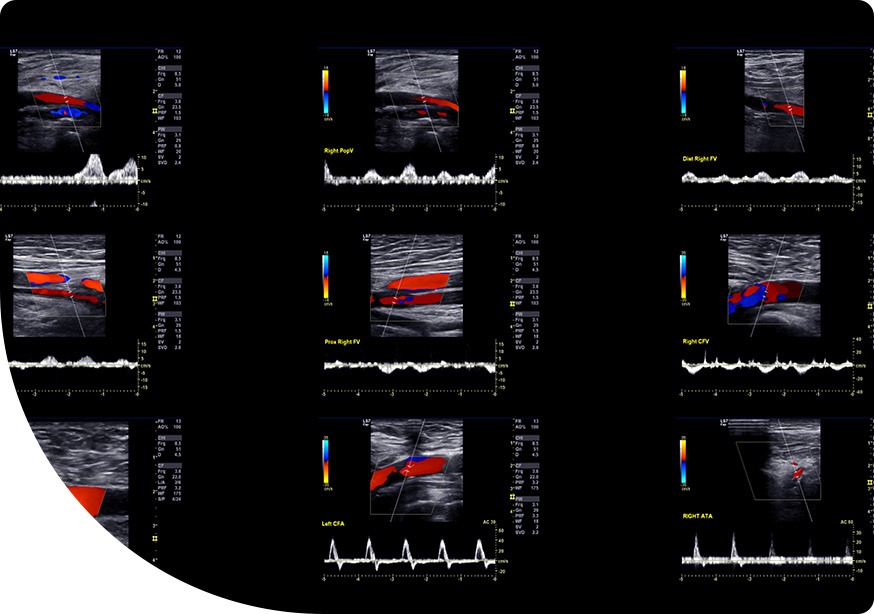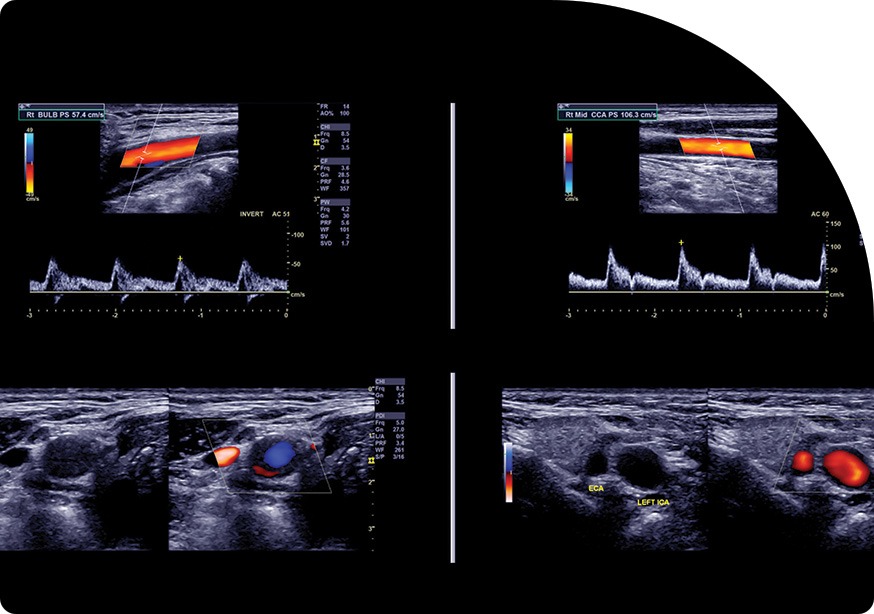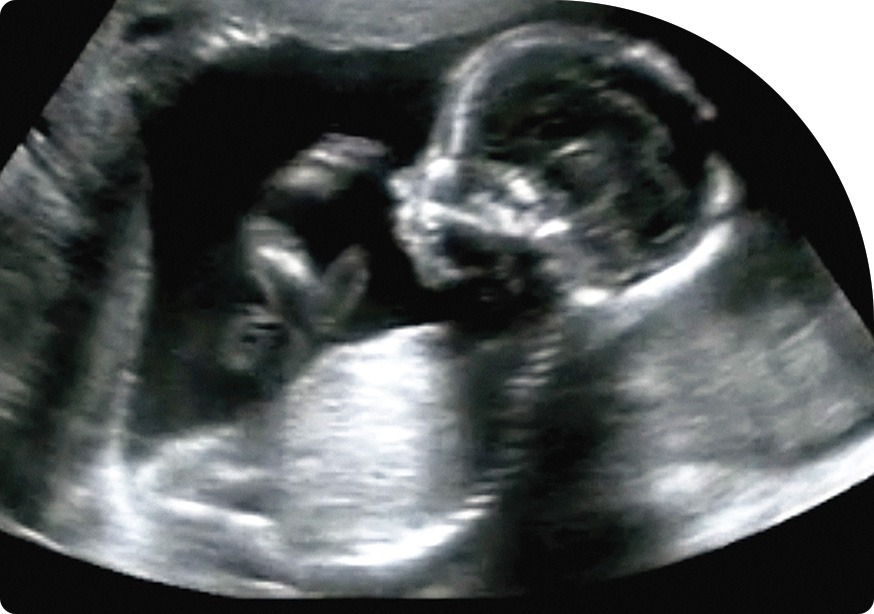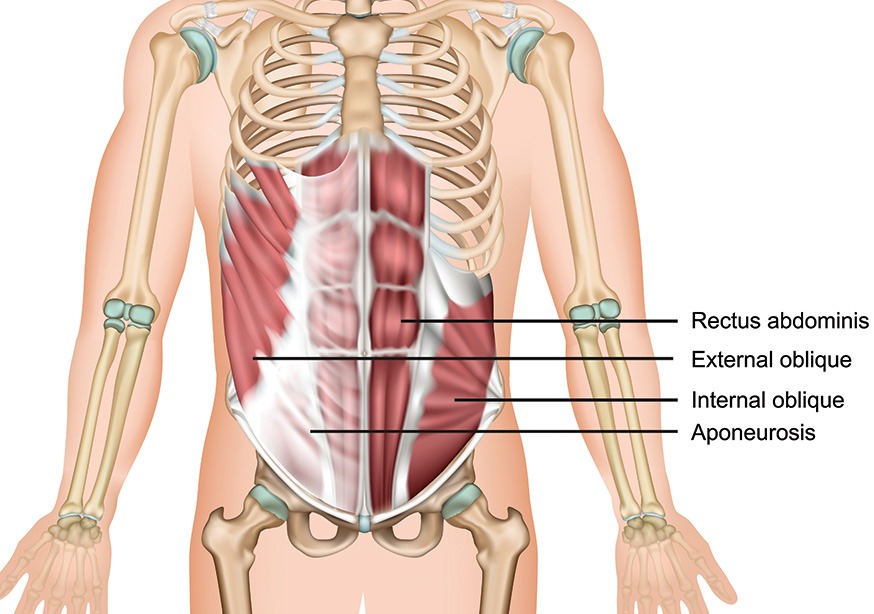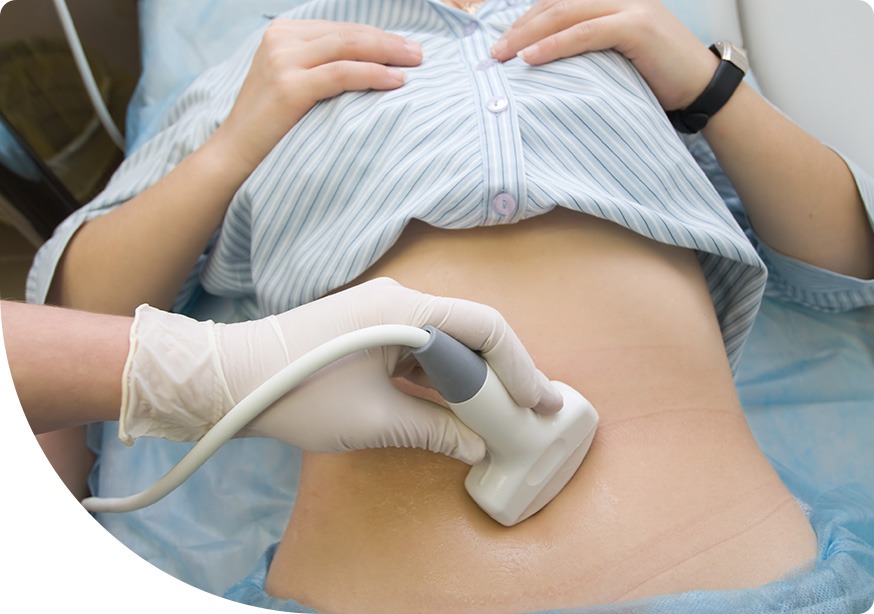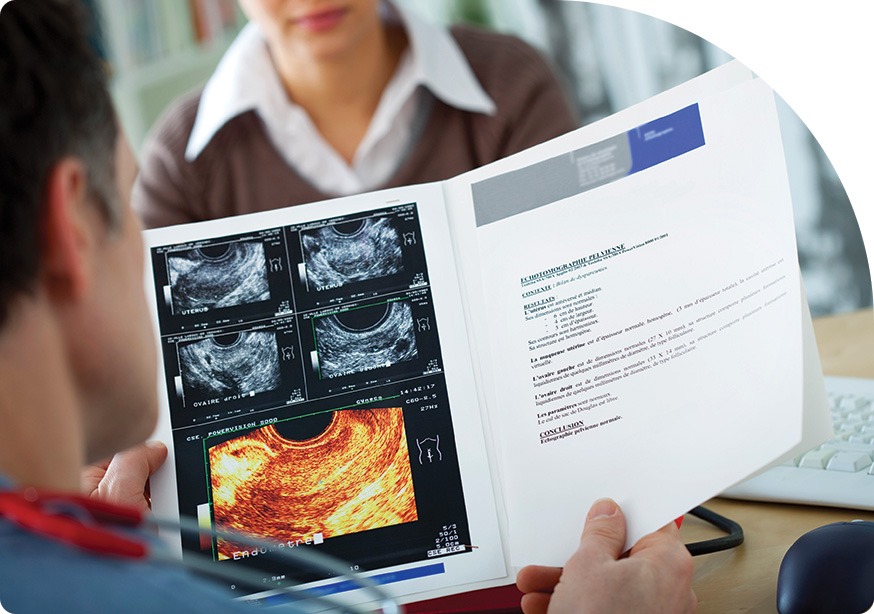Saddletown Radiology is pleased to provide comprehensive general ultrasound services to meet all your health needs. General ultrasound imaging uses sound waves to produce pictures of the inside of the body, displaying the images in thin, flat sections of the body. These images help examine many of the body’s internal organs and can help to diagnose the cause of things like swelling, pain, and infection in the body’s internal organs, including the gallbladder, liver, kidneys, uterus, pancreas, ovaries, prostate, testicles, breasts, thyroid, and some musculoskeletal tissues. General ultrasound can also be used to examine an unborn child (fetus) in pregnant women, as well as to evaluate the blood flow in the veins and arteries in the neck, legs, abdomen, and heart. General ultrasound is safe, noninvasive, and does not use radiation.
- Why Saddletown Radiology?
- Our Team
- Radiology Services
- New Patients
- FAQs
- For Physicians
- Contact
- Careers
- Book Appointment



